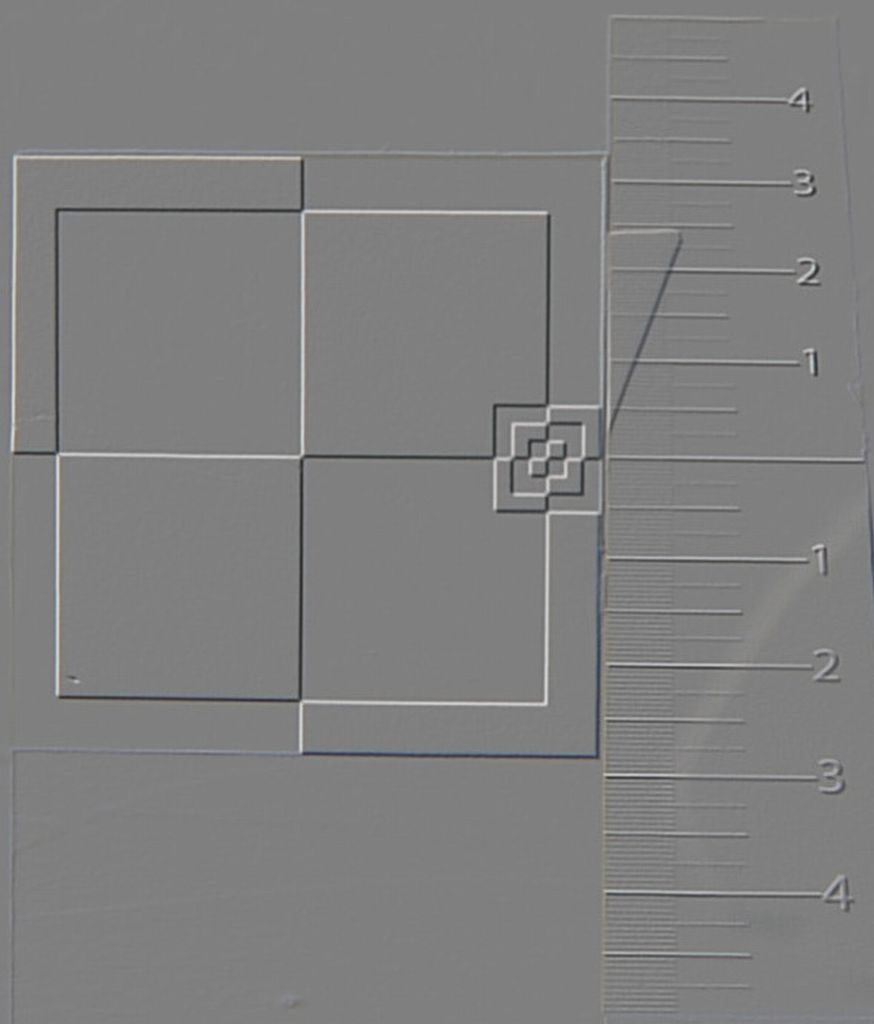Nikon AF Testrun
Nikon D80 and D7000 tested for front- and backfocus with six lenses
V1.0 - Last update: 01.03.2011
Since the D7000 has been released numerous complains about the D7000 having potential backfocus issues appeared on the net. Some say, the D7000 got a problem under tungsten light, others say, that there are bad copies on the market. Yet others say it's a problem behind the camera and that people should start taking real pictures instead of doing only testshots.
Owning a D7000 myself and having noticed AF issues with some lenses on my old D80 already, I decided to run a complete AF test with both bodies and all my six lenses under different conditions to see, if the D7000 really behaves worse than my D80 or if something else is to be blamed.
On this webpage you will find a description of my test setup, an explanation on how I did the analysis of the taken pictures, the summary of results, my conclusions and all the pictures and graphs from the testrun.
For this AF test I build myself a focus chart based on the SpyderLensCal from DataColor. It's not perfect or even professional but suits the purpose and is much cheaper.
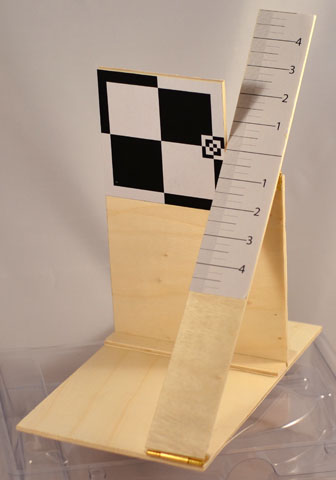
Advantage of this kind of focus chart agains a flat piece of paper is that
- the focused area is always parallel to the camera's sensor
- it's much easier to adjust the distance to the focus chart (for different focal lengths) and you won't reach the limit of your tripod for long focal lengthes
The focus chart was placed on a table and the camera on a tripod. The heigth of the camera was adjusted so that it was the same as the center of the focus chart. Distance was measured from the camera's sensor plane to the focus chart center.
On a side note: for another test run in the future I might consider to modify the scale of the focus chart. In the new version I would have one side of the scale with identical thick lines througout the complete range. The thicker lines at the full numbers kind of disturb the analysis a bit, especially when looking at the contrast graph (see below).
- Camera setup:
- The cameras have been set to AF-S mode with center AF field
- AF fine tuning on the D7000 has been turned of during this test
- A-Mode has been used with the widest possible aperture of each lens
- Shutter has been released with IR remote control
- If VR was available in the lens, it has been turned off (camera was mounted on a tripod)
- Firmware version of the D80 was 1.10
- Firmware version of the D7000 was 1.00
The test run did have the following variables:
- Body:
- Nikon D80 (bought in 10/2006)
- Nikon D7000 (bought in 11/2010)
- Lenses:
- Tokina 12-24mm, f4 (focus through camera's slot drive)
- Nikon 18-200mm, f3.5-5.6 (internal SWM)
- Nikon 28mm, F2.8 (focus through camera's slot drive)
- Nikon 35-70mm, f2.8 (focus through camera's slot drive)
- Nikon 50mm, f1.8 (focus through camera's slot drive)
- Sigma 150mm, f2.8 (internal HSM)
- Light conditions:
- Daylight
- Tungsten (ordinary light bulb, 50Hz)
- AF start position:
- Infinity: focus manually set to infinity distance before using the cameras AF
- Closest: focus manually set to closest distance before using the cameras AF
- LiveView (only applies to the D7000): LiveView (Contrast Detection AF) used instead of dedicated AF (Phase Detection AF)
After taking all the pictures (98 altogehter) I did some post processing:
- run an emboss filter over all pictures. This enhances the visibility of the contrast in the image
- cropped the pictures to the focus chart
- resized the pictures to a unique height (1024 pixel) to allow a better comparisson. For most pictures, this meant downscaling, for some (e.g. at 12mm) upscaling.
- wrote myself a small tool that lets me open each image and select one pixel column from it (preferably from the 45° scale). The tool will then display the greyscale values of this column in a graph (similar to an oscilloscope graph from a wave file for example). The selected graph was then stored together with the original picture. This is just another way to visualize the contrast in the scale, making it easy to identify the in-focus area.
The following points should be kept in mind when analysing the results:
- with a short focal length and short distance, the upper scale of the focus chart is much further away than the lower part. That means, the scale at the bottom appears much bigger than the at the top. As a consequence, the contrast of the lower scale area seems to be much higher than the one of the upper part. This should not be mistaken for in- or out-of-focus areas
- In most of the daylight pictures, you will see a rectangular shape starting from the center of the scale to the upper part of the scale. This is the shadow of the focus chart casted onto the scale. Unfortunately I couldn't avoid this. As this part of the scale is slightly darker, contrast is reduced as well and the contrast graph will show a dent. This must be taken into account when analysing the pictures.
This table summarises the results from my analysis. Please take care, that the numbers DON'T represent the value to be set as AF fine tune in the camera. They show the position on the scale, where the camera has effectivly focused. For a mapping please check the legend further down. A "+" means backfocus (upper part of the scale) and a "-" means frontfocus (lower part of the scale).
| Lens |
Slot Drive |
Focal length |
Distance |
Body |
D80 |
D7000 |
| closest |
infinity |
closest |
infinity |
LiveView |
| Tokina 12-24mm, f4 |
x |
12mm |
0,6m |
Daylight |
-2,5 |
-1 |
+0,5 |
0 |
0 |
| Tungsten |
-2,5 |
-1 |
+0,5 |
+1 |
0 |
| 24mm |
0,6m |
Daylight |
+1 |
+2 |
+1 |
+3 |
-1 |
| Tungsten |
+2 |
-1 |
+3 |
+3 |
0 |
| Nikon 18-200mm, f3.5-5.6 |
|
18mm |
0,6m |
Daylight |
+4 |
+3 |
+0,5 |
-0,5 |
0 |
| Tungsten |
+3,5 |
+3 |
>+4 |
>+4 |
0 |
| 50mm |
1,0m |
Daylight |
+3 |
+1,5 |
+2,5 |
+2,5 |
-1,5 |
| Tungsten |
+2,5 |
+2 |
+3,5 |
+4 |
-1 |
| 200mm |
1,5m |
Daylight |
0 |
+2,5 |
+0,5 |
+,05 |
+2,5 |
| Tungsten |
+1,5 |
+2,5 |
+1,5 |
+3 |
+0,5 |
| Nikon 28mm, F2.8 |
x |
28mm |
0,6m |
Daylight |
+2 |
+1,5 |
+3 |
+3 |
-0,5 |
| Tungsten |
+2,5 |
+2,5 |
+3 |
+4 |
0 |
| Nikon 35-70mm, f2.8 |
x |
35mm |
0,6m |
Daylight |
0 |
-1 |
-1 |
0 |
+1,5 |
| Tungsten |
-3,5 |
-3 |
+1 |
+1 |
+1 |
| 70mm |
1,0m |
Daylight |
-1 |
-1 |
-0,5 |
-1 |
+0,5 |
| Tungsten |
-1 |
-1 |
0 |
-0,5 |
0 |
| Nikon 50mm, f1.8 |
x |
50mm |
1,0m |
Daylight |
-0,5 |
-1 |
0 |
0 |
-0,5 |
| Tungsten |
-1 |
-1 |
0 |
+0,5 |
0 |
| Sigma 150mm, f2.8 |
|
150mm |
1,5m |
Daylight |
-0,5 |
+0,5 |
-0,5 |
0 |
- 1) |
| Tungsten |
-1 |
-0,5 |
-0,5 |
0 |
- 1) |
1) AF in Live View not working with this lens (firmware update necessary)
Legend
| Chart mark |
in camera correction |
Comment |
| 0 |
~0 |
No misfocus |
| 0,5 - 1 |
~5 |
slight misfocus |
| 1,5 - 2,5 |
~10-15 |
significant misfocus |
| 3 -4 |
~15-20 |
massive misfocus |
| >4 |
- |
incorrectable misfocus |
First of all I'd like to repeat that this is no scientific assay. For that I would have needed several more camera bodies and lenses. I also would have had to take more pictures for each setting, increasing the already tight amount of time for taking the pictures and analysing them. So please keep in mind that the results will not represent the typical behaviour, but might be an extreme example.
Finding a verdict for this AF test run wasn't easy. Judging from the results it seems quite dramatic at first. But let's have a look at the different lenses one by one.
- Let's start with my most frequently used lens, the Nikon 50mm f1.8. AF results are good and nothing to worry about. In the D7000 they can even be optimized easily with the AF fine tune function.
- The Sigma 150mm f2.8 is my favorite 'special' lens. It's fast and extremly sharp and is designed for 1:1 macros. AF results are similar to the Nikon 50mm f1.8 and acceptable from my point of view.
- As the Tokina 12-24mm f4 is mostly used for landscape shots with stopped done aperture, the observed focussing issues at close range don't bother me at all. Real pictures from the field never let me down due to misfocus.
- With the Nikon 28mm f2.8 both cameras do have a significant issue under all conditions. I already noticed this when I bought and tested it on the D80. None of the pictures seemed sharp at all. That's why I barely used it. I guess I have to send it in for servicing. I don't think that the D80 or D7000 is to be blamed for this issue
- The 18-200mm seems to be a difficult candidate. If the AF failure is changing across the zoom range, like in my case, you cannot compensate it through static AF correction methods that only allow one AF fine tune value per lens.
It's quite possible that the problems were introduced when the lens has been serviced by Nikon because of a defective VR unit, especially the hystersis issue. So it seems to be a lens issue again. In the first two years before servicing I took most of the pictures with the Nikon 18-200mm and never really noticed any out-of-focus issues that weren't caused by a failure behind the camera (like using AF-S on subjects moving towards or away from me). Even after servicing the lens I didn't really observe any severe out-of-focus issues unless tested with a test chart.
- Finally the Nikon 35-70mm, f2.8. There are some AF issues with the D80. With the D7000 they are mostly gone. Unfortunately I won't be able to compensate it with the D7000, as it front- and backfocuses. On the other hand, my copy of this lens is rather soft wide open, so I will have to stop down anyway.
So what about the camera body? Does the D7000 have a backfocus issue?
- I can't say that the D7000 behaves worse than the D80 for all lenses. With some it's slighty better than the D80, with others it's slighty worse. I cannot say that my D7000 has a back focus issue in general. Of course it's possible that I'm a 'lucky owner of a good copy' of the D7000 or my D80 is a lemon as well. But in that case I wonder how I was happy with most of my pictures so far, at least regarding focus.
Regarding the lighting condition, it seems to have some impact, especially for slow lenses. In daylight AF result appears to be better in most cases, though not all. The result for tungsten light might be completly different under a different light source like a halogen or LED lamp.
Apart from that I'm a bit puzzled by the following issues:
- sometimes using LiveView for focussing, the result is out of focus as well or even worse than the dedicated phase detection AF. I suspect a failure in my test run. If I would have taken three or five pictures instead of onyl one, it might by an exception. I will have confirmt his with a couple of reshots.
I also noticed, that sometimes with the Nikon 18-200mm, the camera didn't autofocus at all in LiveView when using the remote control. It would just operate the shutter as if the image would alreadys be in focus, which is was definitly not. Using the shutter release button on the camera was no problem in this situation.
- AF start condtion: I noticed this the first time when analysing the AF accuracy on the Nikon 18-200mm. Sometimes it seems to make a difference, from where the lens starts to autofocus. When the camera's AF starts at a near focus and has to focus further away, the result is different to the case, where the camera's AF starts from infinity and has to focus closer to the same point as in the first case.
What impact does this all have on my 'taking pictures' hobby? Well, none so far. I've taken more than 17.000 pictures with my D80 and over 1.600 with my D7000. Most pictures were taken stopped down (at least a bit) to increase the general sharpness. So a slight misfocus did't have too much impact.
If printouts were made, they were max. 20x30cm in size and always sharp enough.
An exception is the Nikon 28mm f2.8, where I think the problem is within the lens and not the camera.
My final conclusion:
First of all I would highly recommend to go out and take real pictures. Results from AF tests might look grave but don't necessarily affect the outcome of your pictures. There are much more factors that influence this. Learn how to use the camera and it's AF system. Play around with the different AF modes and technics, like AF-S with AF-lock and recomposing. There are more than enough helpful ressources available on the net.
Of course there might be people with real AF issues which might be caused be the body, the lens (like my Nikon 28mm) or a combination of both. If you can't live with the AF precision, you should send in the camera/lens for servicing. But, please, don't judge the camera's capabilities by just a few test shots under artificial conditons.
You're welcome to have a look at the pictures in the samples gallery below and point out to me, where there is a focus issue. I couldn't find any, even not with those lenses that showed bad results during this test.
To view a specific test result, please choose the lens and hover with your mouse over the table below to see the result under different conditions.
Pictures are not preloaded. So please be patient for the new image to load when moving the mouse to a new field. As soon as the image is loaded it's displayed much faster, unless you disabled your browser's cache.
If you have a slow internet connection or want to review the pictures offline, you may download this page including all test images, but without the samples, in one package:
Body |
D80 |
D7000 |
Daylight |
closest |
infinity |
closest |
infinity |
LiveView |
Tungsten |
closest |
infinity |
closest |
infinity |
LiveView |
Below you can find some samples from the last four and a half years using a DSLR. Sorry for the small amount of D7000 pictures, but most pictures taken so far with the D7000 are private ones.
Clicking on the pictures will open it in original size in a new window.
D80 with Tokina 12-24mm @ 12mm, f4 
D80 with Tokina 12-24mm @ 17mm, f10 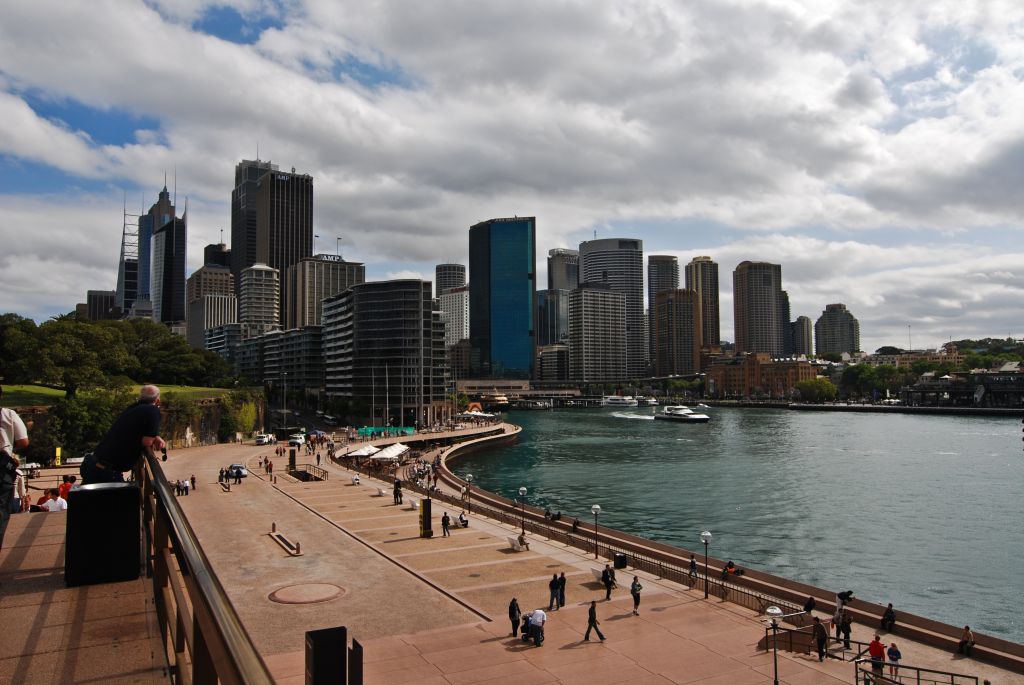
D80 with Nikon 18-200mm@ 56mm, f5 
D7000 with Sigma 150mm@ 150mm, f2.8 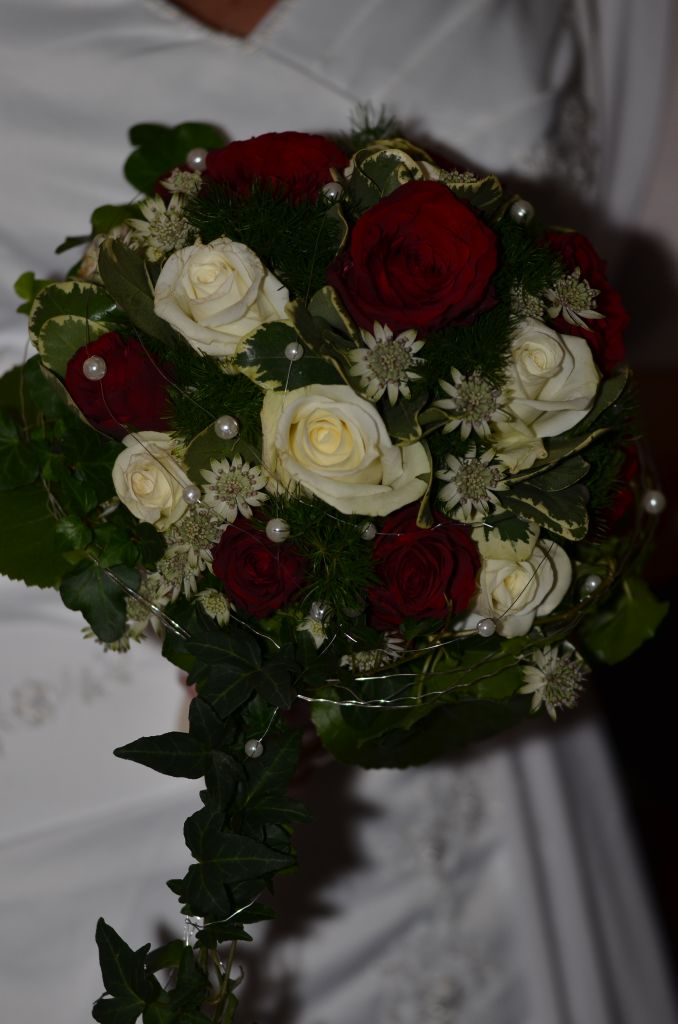
D700 with Nikon 50mm@ 50mm, f11 
D7000 with Nikon 50mm@ 50mm, f4 
D7000 with Nikon 18-200mm@ 22mm, f5.6 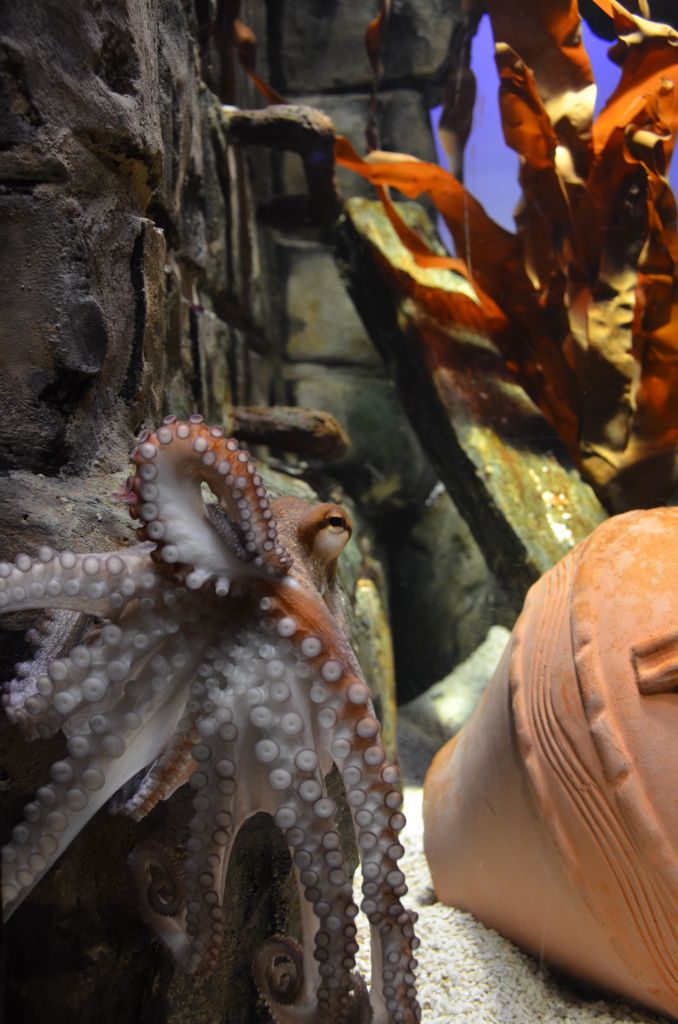
D80 with Nikon 50mm@ 50mm, f5.6 
D80 with Nikon 18-200mm@ 18mm, f8 
D80 with Nikon 50mm@ 50mm, f4 
D80 with Nikon 18-200mm@ 18mm, f8 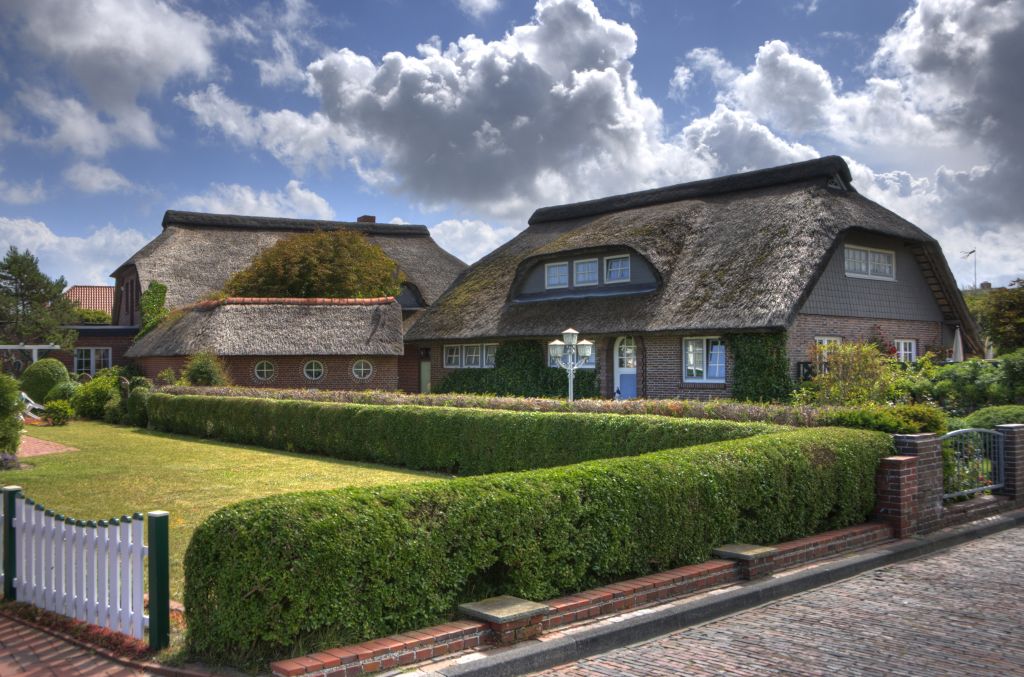
D80 with Sigma 150mm@ 150mm, f5.6 
D80 with Sigma 150mm@ 150mm, f2.8 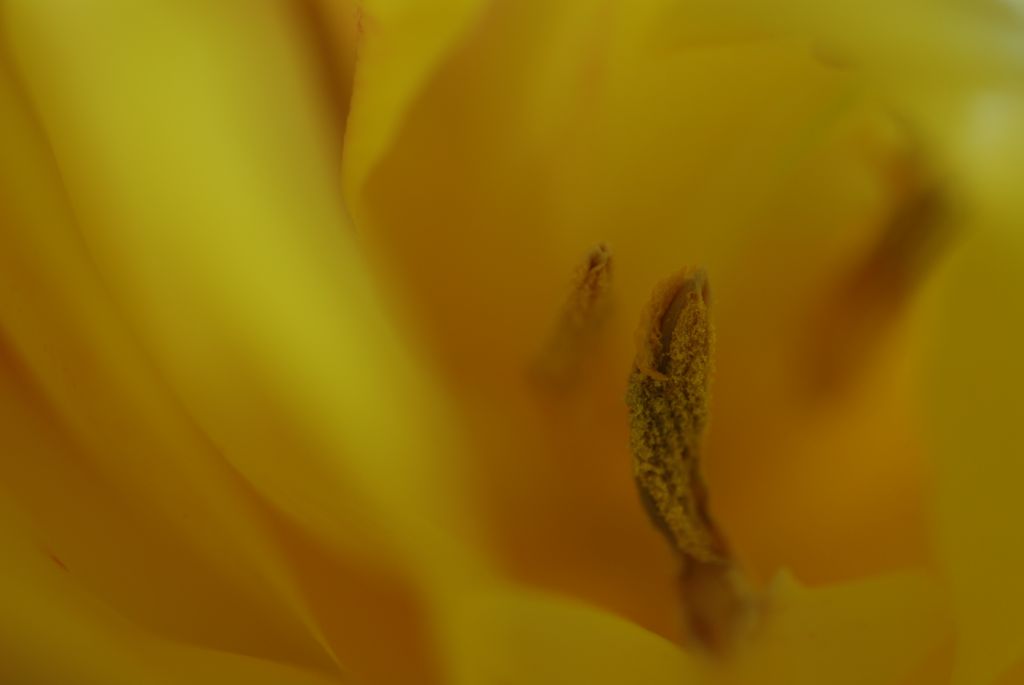
D80 with Nikon 18-200mm@ 90mm, f5.3 
D80 with Nikon 18-200mm@ 20mm, f3.8 
D80 with Tokina 12-24mm@ 24mm, f8 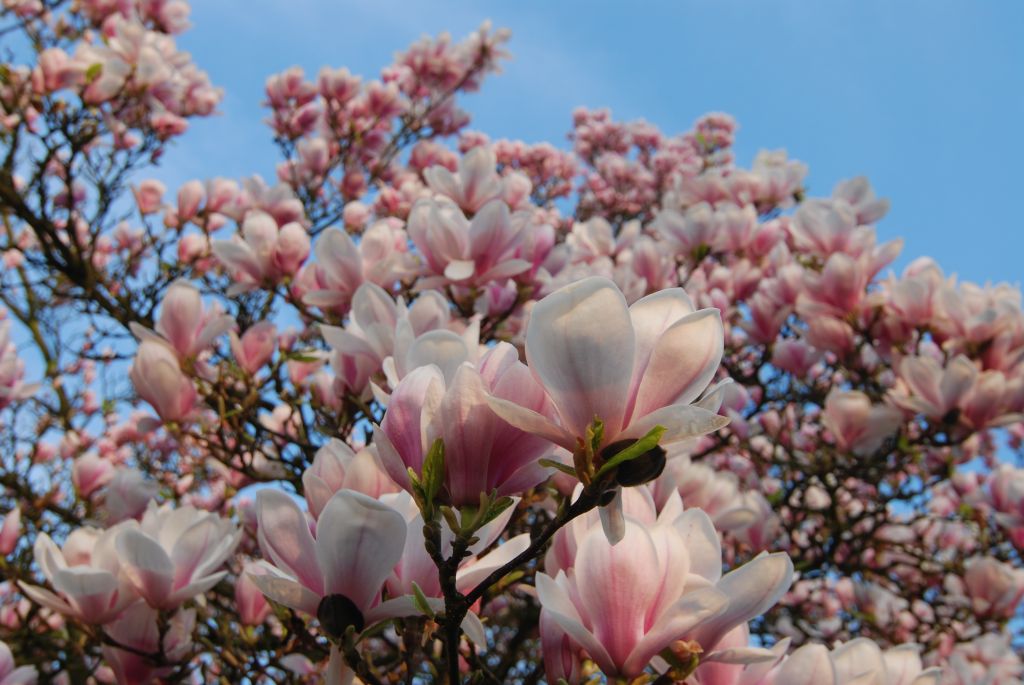
D80 with Sigma 150mm@ 150mm, f2.8 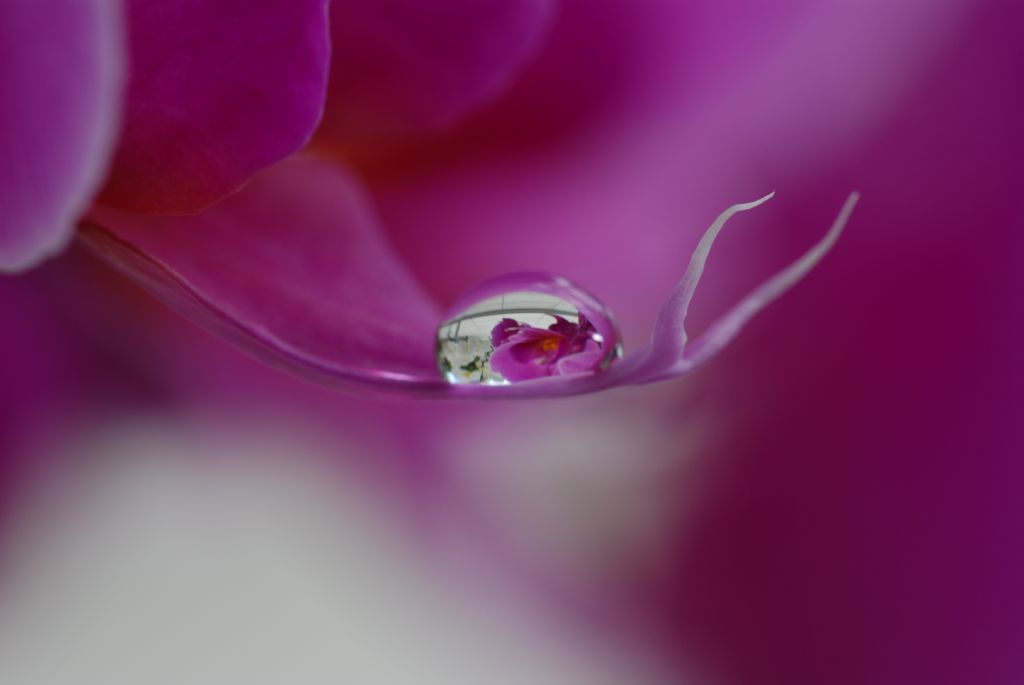
D80 with Tokina 12-24mm@ 17mm, f4 
D80 with Tokina 12-24mm@ 15mm, f8 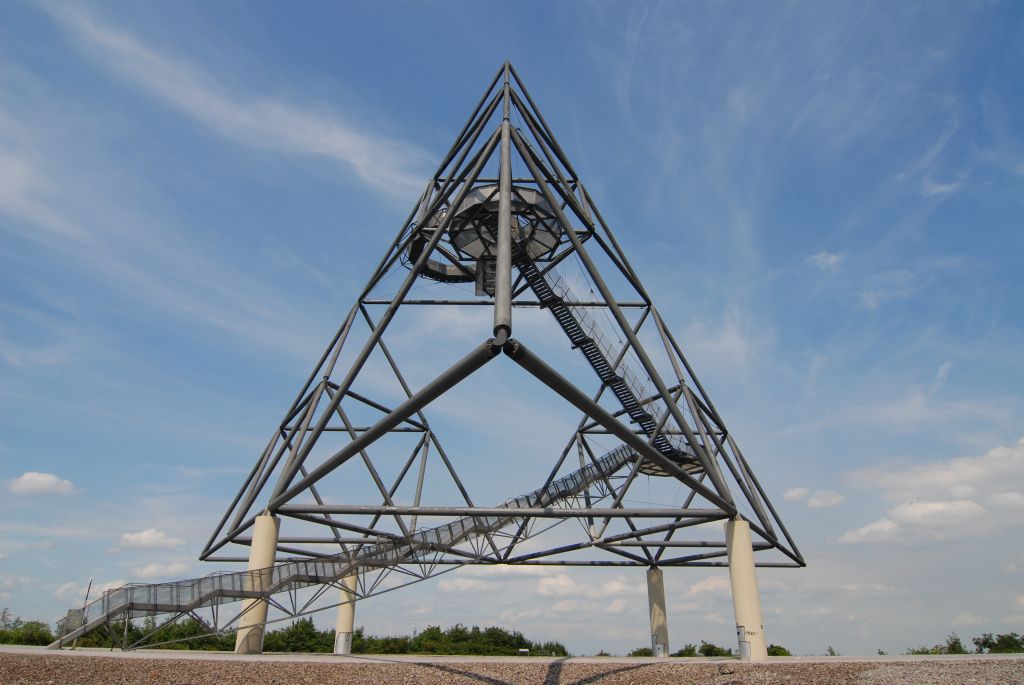
D80 with Nikon 18-200mm@ 200mm, f5.7 
- V1.0 - 01.03.2011: First version of this page goes online
|

